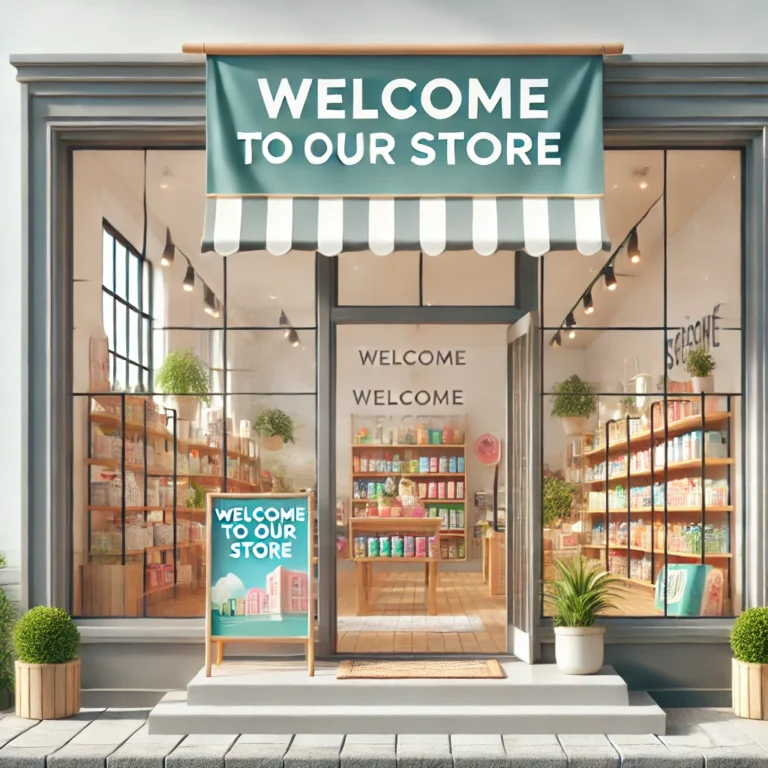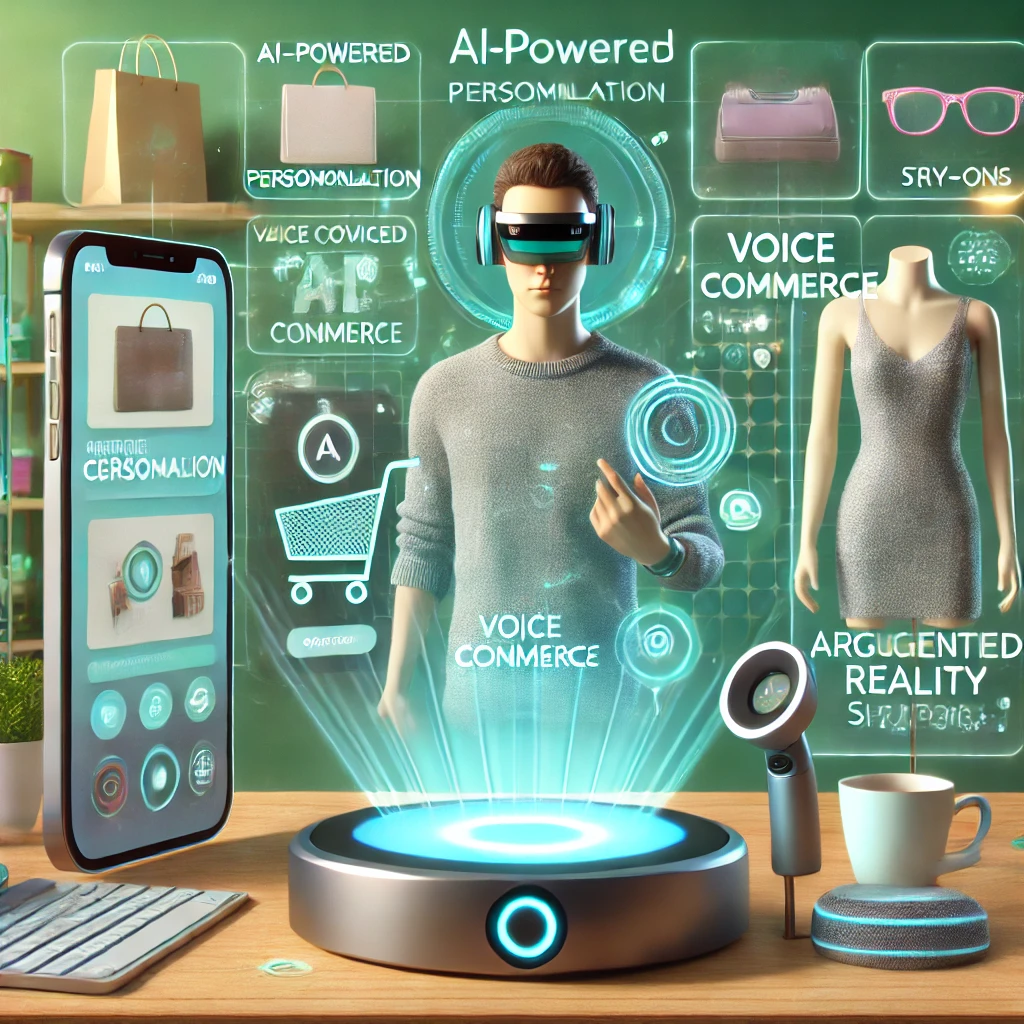Your cart is currently empty!
Home

Table of Contents
ToggleWelcome to Our Store
The Future of E-commerce: Trends to Watch in 2025
E-commerce has transformed how we shop, bringing products and services to our fingertips. With rapid advancements in technology and changing consumer behaviors, the industry continues to evolve. As we move into 2025, here are some key trends shaping the future of e-commerce.
1. Personalized Shopping Experiences
Modern consumers expect tailored experiences. E-commerce platforms are leveraging AI and machine learning to analyze browsing history, preferences, and purchase behavior. This enables:
Customized product recommendations
- Personalized marketing campaigns
- Dynamic pricing models
2. Rise of Voice Commerce
With the growing popularity of voice-activated devices like Amazon Alexa and Google Home, voice commerce is becoming a significant player. Shoppers are now placing orders, checking product availability, and managing wish lists through simple voice commands.
3. Sustainability and Eco-Friendly Practices
Consumers are increasingly conscious of their environmental impact. E-commerce businesses are responding by:
Offering sustainable packaging
Highlighting eco-friendly products
Implementing carbon-neutral shipping options
4. Augmented Reality (AR) for Virtual Try-Ons
AR technology allows customers to visualize products before purchasing. From trying on clothes to placing furniture in a virtual room, AR bridges the gap between online shopping and in-store experiences.
5. Social Commerce Integration
Platforms like Instagram and TikTok have transformed into e-commerce powerhouses. Social commerce allows users to discover, browse, and purchase products directly within their favorite apps, creating a seamless shopping experience.
6. Faster Delivery with Micro-Fulfillment Centers
Speed remains a top priority for online shoppers. Micro-fulfillment centers located closer to urban areas enable faster and more efficient deliveries, meeting the growing demand for same-day or next-day shipping.
7. Subscription-Based Models
Subscription services are thriving, offering convenience and savings. From meal kits to curated fashion boxes, these models foster customer loyalty and predictable revenue streams for businesses.
8. AI-Powered Chatbots for Enhanced Support
Chatbots have evolved to provide real-time assistance, guiding customers through the shopping journey. They help answer queries, suggest products, and resolve issues, enhancing customer satisfaction.
Conclusion
The e-commerce landscape is dynamic, driven by technological innovations and consumer preferences. Businesses that adapt to these trends will thrive in the competitive marketplace of 2025. Whether you’re a retailer or a consumer, the future of e-commerce promises greater convenience, personalization, and sustainability.

